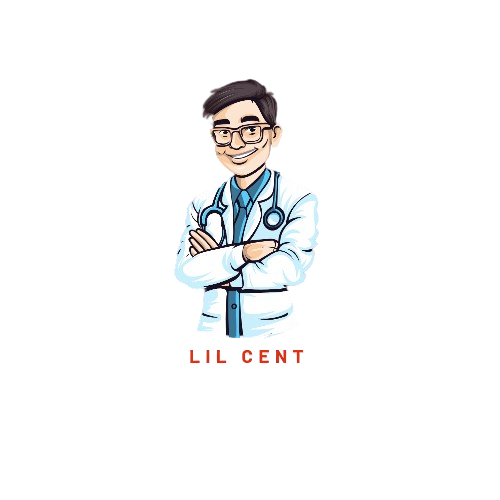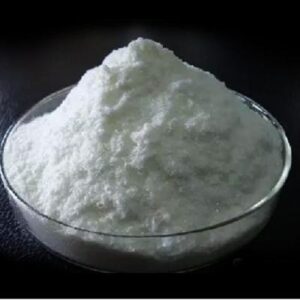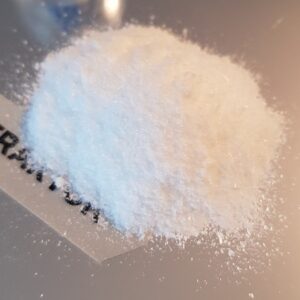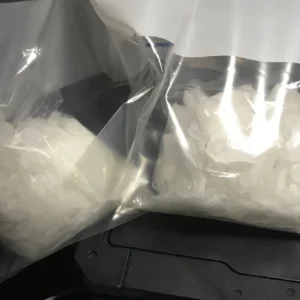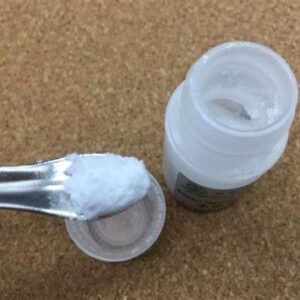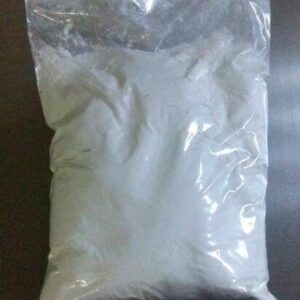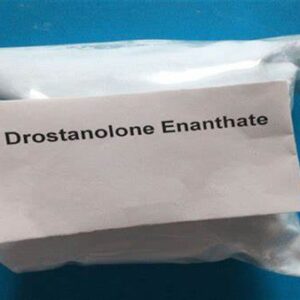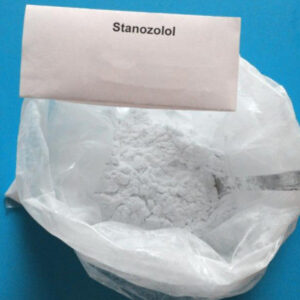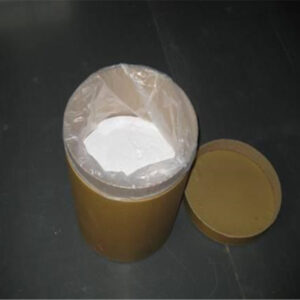Androstenedione (4-Androstene-3,17-dione): Properties, Uses, and Legal Access
Introduction
Androstenedione, also known as 4-Androstene-3,17-dione, is a naturally occurring steroid hormone that serves as a precursor to testosterone and estrogen. While it is naturally produced in the adrenal glands, gonads, and ovaries, synthetic Androstenedione is widely used in biochemical research, pharmaceutical development, and hormone metabolism studies.
This article covers chemical properties, biological significance, research applications, quality standards, and legal supply options, ensuring compliance with regulations and safety protocols.
Informational: Chemical Identity and Properties Androstenedione 4-Androstene-3,17-dione online
| Parameter | Specification |
|---|---|
| Chemical Name | Androstenedione |
| Synonyms | 4-Androstene-3,17-dione; Δ⁴-androstene-3,17-dione |
| CAS Number | 63-05-8 |
| Molecular Formula | C19H26O2 |
| Molecular Weight | 286.41 g/mol |
| Appearance | White to off-white crystalline powder |
| Melting Point | 161–164 °C |
| Solubility | Soluble in ethanol, methanol, and chloroform; slightly soluble in water |
| Purity | ≥ 98% (HPLC/GC) |
| Storage Conditions | –20 °C, dry, protected from light |
| Documentation | Certificate of Analysis (COA), Safety Data Sheet (SDS) |
Overview: Androstenedione is a high-purity steroidal compound used in research on hormone metabolism, steroid biosynthesis, and receptor pharmacology.
Navigational: Biological Function and Mechanism Androstenedione 4-Androstene-3,17-dione near
Androstenedione plays a central role in steroidogenesis:
- Precursor to Testosterone and Estrone: Converted enzymatically to testosterone via 17β-hydroxysteroid dehydrogenase, or to estrone via aromatase.
- Endocrine Regulation: Participates in feedback loops that control pituitary hormone release.
- Receptor Binding: Interacts with androgen and estrogen receptors indirectly after conversion.
Understanding Androstenedione’s function is crucial for endocrinology research, hormone therapy studies, and anti-doping analyses.
Navigational: Research and Pharmaceutical Applications Androstenedione 4-Androstene-3,17-dione
1. Hormone Metabolism Studies
- Tracks androgen and estrogen synthesis pathways.
- Supports enzyme kinetics studies (17β-HSD, aromatase).
- Used in isotope-labeled tracer experiments for metabolic research.
2. Pharmacology and Drug Development
- Reference compound for steroidal drug testing.
- Evaluates receptor binding, potency, and steroidogenic activity.
- Used in drug discovery for endocrine and anti-aging therapies.
3. Analytical and Anti-Doping Research
- Serves as a standard in GC-MS and LC-MS assays.
- Critical for detecting exogenous steroids in biological samples.
4. Educational Applications
- Demonstrates steroid biosynthesis and receptor pharmacology in teaching labs.
- Illustrates enzyme-mediated conversion in endocrine systems.
Commercial: Grades, Quality, and Supplier Considerations
1. Available Grades
| Grade | Purity | Application |
|---|---|---|
| Analytical / Research Grade | ≥ 98% | Hormone metabolism studies, in vitro assays |
| Pharmaceutical Intermediate | ≥ 99% | Drug development and synthesis research |
| Bulk / Industrial Grade | 95–98% | Large-scale laboratory and R&D applications |
2. Packaging and Handling
- Supplied in airtight, light-protected vials (1 mg – 500 g).
- Nitrogen-flushed packaging recommended for long-term stability.
- Documentation includes COA, SDS, and batch traceability.
3. Quality Assurance
- Verified using HPLC, GC, or NMR spectroscopy.
- Free from residual solvents, contaminants, or degradation products.
- ISO-certified suppliers ensure consistent purity and compliance.
Transactional: Legal Supply and Compliance Androstenedione 4-Androstene-3,17-dione
Androstenedione is a research chemical legally sold for laboratory, pharmaceutical, and analytical applications.
Regulatory Overview
| Region | Regulatory Authority | Notes / Requirements |
|---|---|---|
| United States | FDA / DEA | Controlled in some contexts for sports use; legal for research |
| European Union | EMA / REACH | Research and laboratory use permitted; documentation required |
| United Kingdom | MHRA | Legal for research; restricted for human consumption |
| Asia-Pacific | Local authorities | Permitted for research and pharmaceutical use with COA/SDS documentation |
Safe Procurement Practices
- Purchase from certified, reputable suppliers with analytical or pharmaceutical-grade Androstenedione.
- Verify COA and SDS for purity, stability, and batch information.
- Store in a cool, dry, and light-protected environment.
- Use appropriate PPE including gloves, lab coat, and eye protection.
- Maintain documentation for compliance with institutional and regulatory policies.
Safety and Handling
| Hazard | Precaution |
|---|---|
| Bioactive Steroid | Avoid ingestion, inhalation, or skin contact |
| PPE | Gloves, protective eyewear, lab coat |
| Storage | –20 °C, dry, airtight, light-protected |
| Spills | Sweep carefully, ventilate, and dispose per regulations |
| Emergency | Wash affected area; seek medical attention if exposure occurs |
Note: Androstenedione is intended for research purposes only and should not be used for unapproved human consumption.
Market and Research Outlook
The demand for Androstenedione continues in biomedical research, pharmaceutical development, and analytical laboratories:
- Increasing interest in steroid metabolism and endocrine therapy studies.
- Applications in anti-doping research and forensic analysis.
- Growth in pharmaceutical intermediates for hormone replacement therapies.
High-purity Androstenedione from certified suppliers ensures reproducibility, safety, and regulatory compliance.
Conclusion
Androstenedione (4-Androstene-3,17-dione) is a versatile steroidal research compound, critical for hormone metabolism studies, drug discovery, and analytical applications.
By sourcing from reputable suppliers with COA and SDS documentation, researchers can ensure legal, safe, and effective use, making Androstenedione an indispensable tool in endocrinology, pharmacology, and biochemical research.
Androstenedione Keywords
androstenedione powder • 4-androstene-3,17-dione • steroid research chemical • hormone precursor androstenedione • analytical grade androstenedione • high purity 4-androstene-3,17-dione • steroid metabolism research • GC-MS steroid standard • pharmaceutical intermediate androstenedione • endocrine research steroid
Purchase Androstenedione 4-Androstene-3,17-Dione (4-AD) in Bulk at Wholesale Prices
Buy wholesale Androstenedione 4-Androstene-3,17-dione,(4-AD) CAS NO. 63-05-8 : Acquire Androstenedione, also known as 4-Androstene-3,17-dione or 4-AD, in bulk quantities at competitive wholesale prices. The compound is identified by CAS Number 63-05-8. Androstenedione is an endogenous steroid hormone, recognized as a weak androgen and an important intermediate in the biosynthetic pathways that produce estrone and testosterone from dehydroepiandrosterone (DHEA). It is structurally related to androstenediol (androst-5-ene-3β,17β-diol).
Biological Role and Function of Androstenedione (4-AD)
Androstenedione serves as a crucial precursor to the synthesis of testosterone and other androgens, as well as estrogens such as estrone within the human body. Beyond its role as an endogenous prohormone, androstenedione exhibits mild androgenic activity. It is also noted for its weak estrogenic activity, although its affinity for estrogen receptors is extremely low, with less than 0.01% the affinity compared to estradiol for both estrogen receptor alpha (ERα) and estrogen receptor beta (ERβ).
Adrenarche and Androstenedione
During adrenarche, which typically occurs in children aged 6 to 8 years, there is a notable increase in androstenedione secretion alongside DHEA. This increase is believed to play a significant role in the development of social, cultural, and ecological skills, including the understanding and expression of sexual attraction. Additionally, androstenedione may influence aggression and competitive behavior in boys, with observed positive correlations, even though testosterone levels during this period are often undetectable.
